Going Dairy-Free may seem daunting, but I promise you, it is easier than you think! Check out this Dairy-Free for Beginners Guide and learn 10 incredibly useful tips on how to easily make the change!
After learning these tips, make sure to check out my list of delicious dairy-free recipes to jumpstart your journey! If you eat dairy-free AND gluten-free like us here at GFB, check out our Top Foods To Avoid On A Gluten-Free Diet and How To Easily Go Gluten-Free guides next!
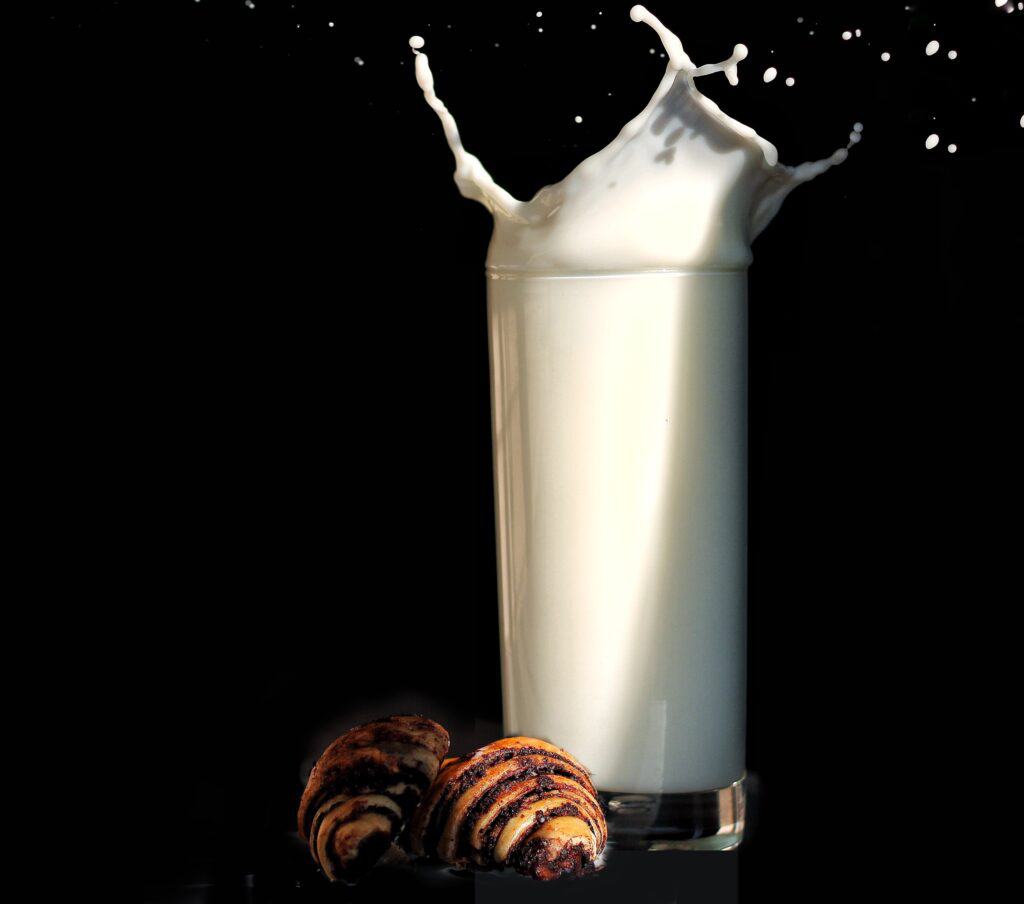
This content contains affiliate links, which help goodfoodbaddie.com to provide free recipes and resources. As an Amazon Associate, I earn from qualifying purchases. Thank you for your support of the blog!
I officially went dairy-free in January 2017. It was a long, arduous journey of experimenting and eliminating various foods for me to finally give up dairy. I had known for quite some time that dairy had been the culprit of some of my issues. I was congested almost every day, had acne breakouts, and digestive issues. When I finally gave up dairy it was a game-changer; I could finally breathe again—literally!
Dairy-free for beginners
Going Dairy-free means that you no longer consume milk or anything made from milk, which includes ice cream, yogurt, heavy cream, butter, and cheese.
Whether you are avoiding dairy because of preference, intolerance, ethical concern, or allergy reasons, I hope this information helps make the transition easier for you!
Here are a few things I’ve learned since going dairy-free! 🙂
Swaps to Make When Eating Dairy-Free
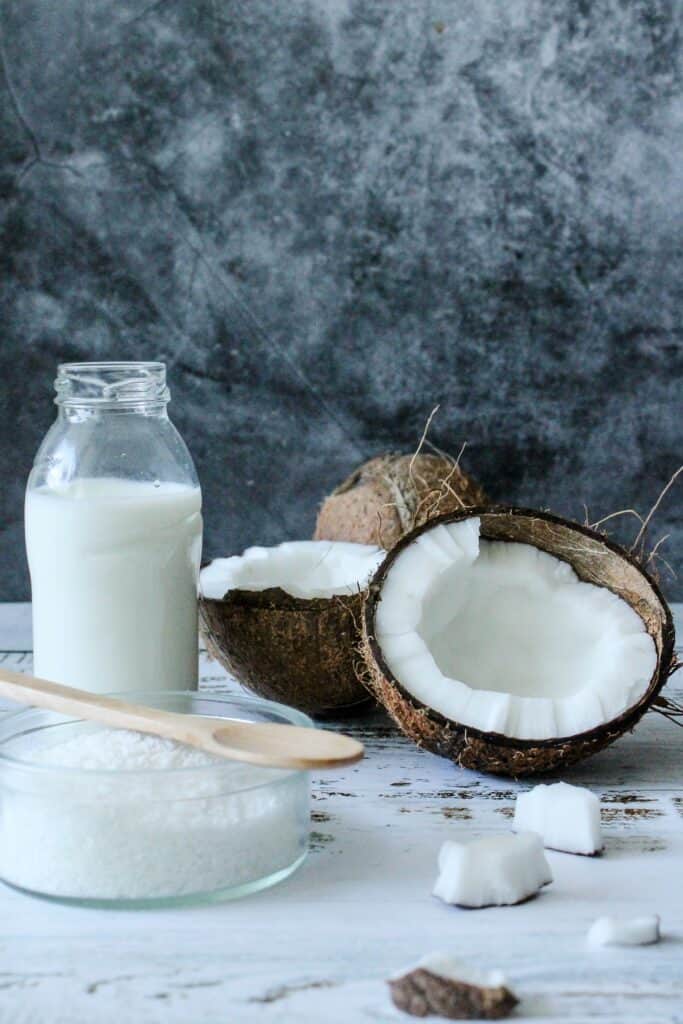
1. Milk Options Are Endless
If you are wondering if there are any dairy-free alternatives for calcium or good substitutes for milk, rest assured that there are and they are plenty! Coconut Milk, Hemp Milk, Soy Milk, Rice Milk, Almond Milk, Cashew Milk, and Oat milk are great dairy-free alternatives. If calcium is your concern, Soy, Almond, and Rice Milk are particularly high in calcium.
One of the easiest changes you start today is switching from regular milk to non-dairy milk! Here’s a link to my favorite Almond Milk and Coconut Milk. If you’re feeling adventurous, you can make your own non-dairy milk: try my 5-minute Homemade Oat Milk Recipe.
Pro Tip: If you’re concerned about getting enough calcium, try adding more leafy greens like kale, spinach, and collard greens to your diet.

2. Try Plant-Based Yogurt and Cheese
There are so many incredible plant-based dairy options nowadays! You never have to miss out on your favorites anymore because there is most likely a delicious dairy-free alternative available.
Along your dairy-free journey, you may try a few dairy-free alternatives until you find your favorites. Here is a list of my favorite yogurt, cheese, and butter, just to make it easier for you!
- Forager Project Cashew Yogurt (So rich & creamy. The consistency is perfect!)
- Violife Cheese Slices (There’s Cheddar Cheese, Parmesan Cheese, Cream Cheese, Smoked Provolone Cheese– so many great options!)
- Earth Balance Original Buttery Spread (I cannot believe it’s not butter, haha)
These Dairy-Free Substitutes Will Become Your Best Friend
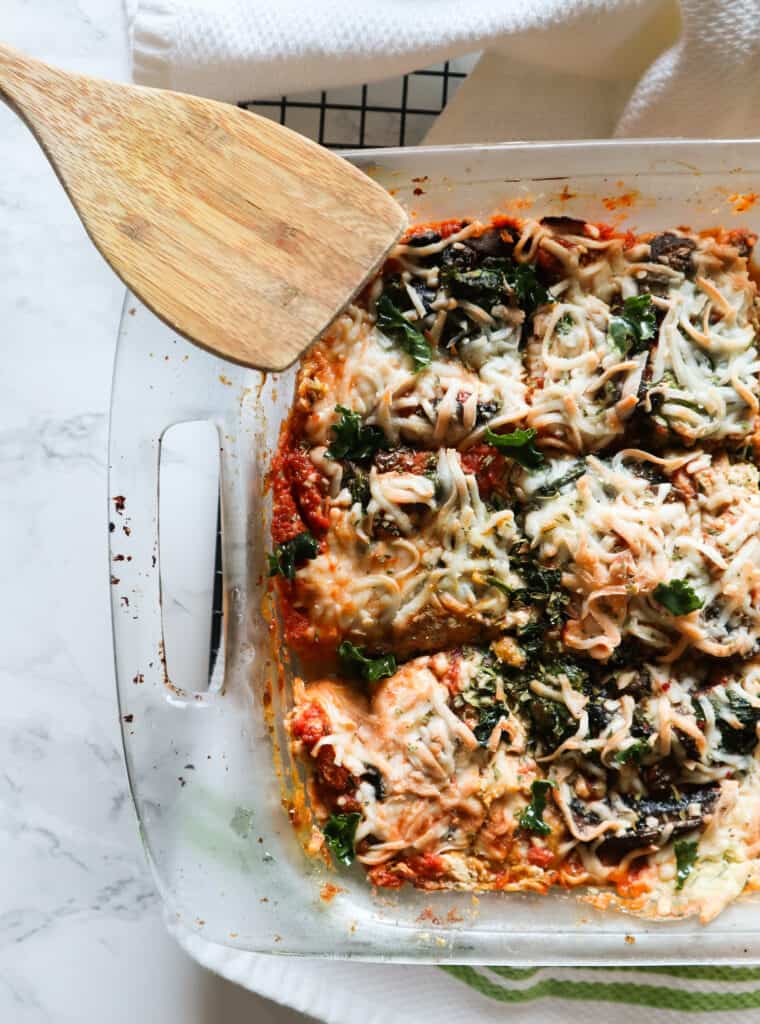
3. Enjoy Creamy Dishes Without Using Heavy Cream
Of course, you may still want to enjoy things like creamy pasta and rich desserts, and you still can! I love using cashew cream as a substitute for heavy cream. You can easily make cashew cream yourself with 3 simple ingredients. Try my Cashew Cream Recipe or my Cashew Cream Veggie Pasta the next time you are craving a creamy pasta dish.
If you have a nut allergy, you can also use coconut cream as a substitute for heavy cream; another one of my favorites to use! Coconut Cream is super versatile. I’ve used it in many dishes from Creamy Shrimp Linguine to Vegan Pumpkin No-Bake Cheesecake!
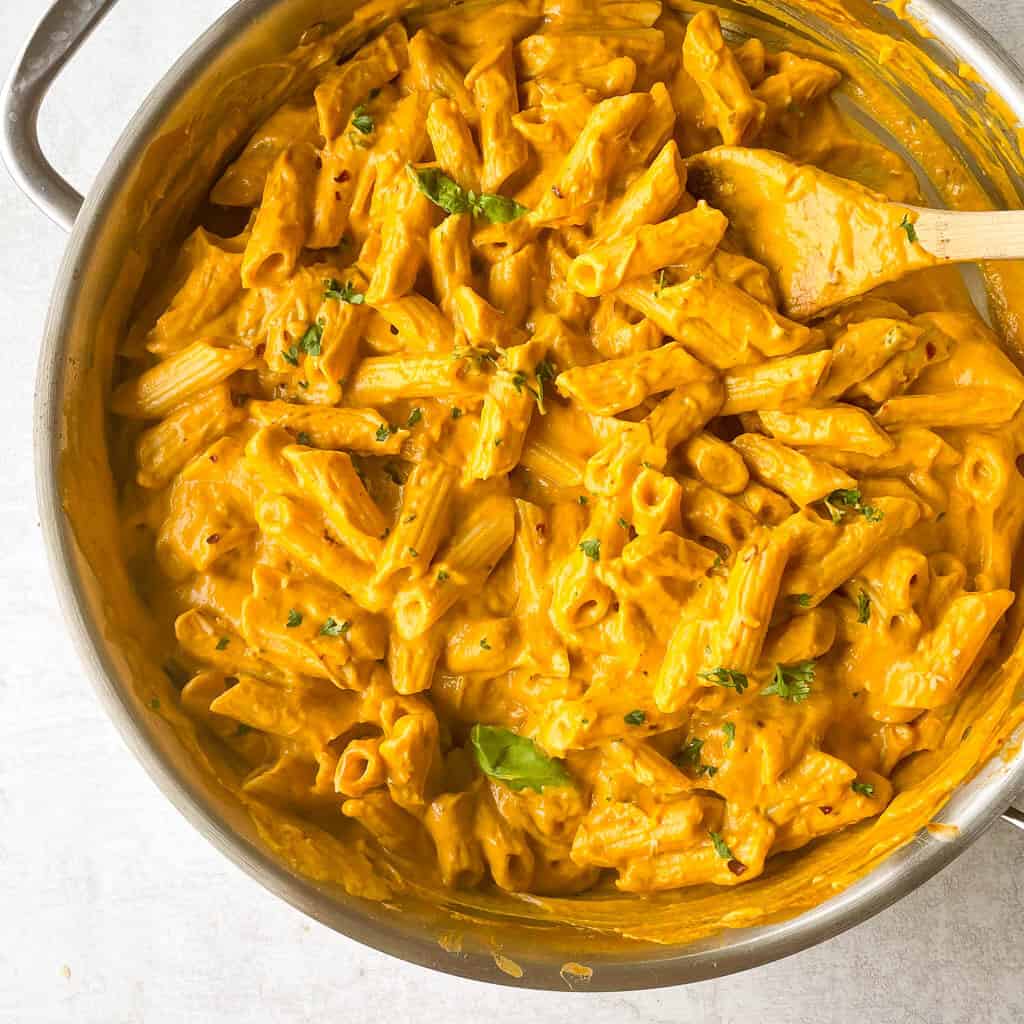
4. Try Nutritional Yeast
If you miss that cheesy flavor in the foods you make, try using nutritional yeast. Nutritional yeast is deactivated yeast that can be used in cooking. It has a slightly cheesy, nutty flavor and can be used in sauces, baking, and more! It is vegan, gluten-free, sugar-free, and fat-free! Here is a link to the nutritional yeast I use: Anthony’s Premium Nutritional Yeast Flakes.

5. There Is SO Much You Can Have
Eliminating dairy can seem challenging, but it is easier when you focus on all the things you CAN enjoy. Of course, the list of foods is contingent upon your own personal diet and preference, but these are all the foods that are dairy-free that you can enjoy:
- Eggs (yes, eggs are not considered dairy!)
- Meat
- Fruit
- Vegetables
- Basically, the key is to Eat More Whole Foods!
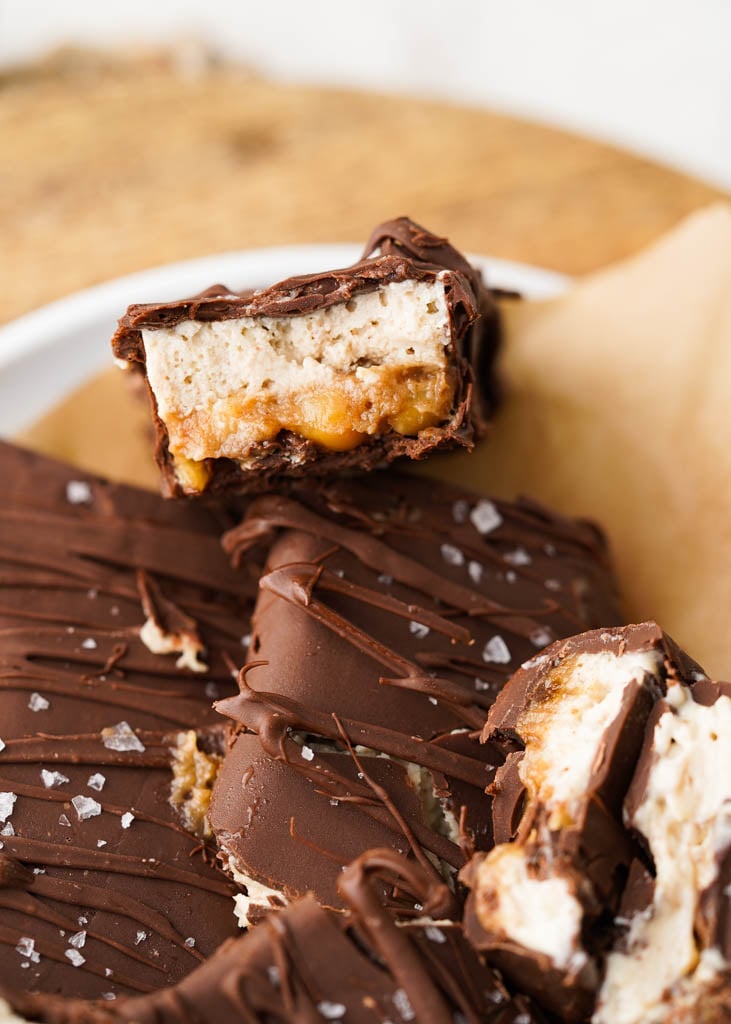
6. Watch Out For Hidden Dairy In Foods
Become an avid label reader! It is not surprising that dairy can sometimes be hidden within the label under mischievous names that most people do not recognize. Common words to look out for are casein derivatives, lactose, whey. While the FDA is working to make sure plant-based products are labeled correctly, it’s best to do your due diligence and check the label. For a more detailed list, check out this list here.
7. Don’t Be Shy, Ask Questions When Dining Out
When you are dining out, it is especially important to ask the waiter if dairy was used in the dish. Do not hesitate to speak to the chef for clarification if you need it. You would be surprised at seemingly dairy-less dishes that actually contain dairy. It’s better to ask and be sure, and to make it even easier, you can always call ahead to discuss menu options with the chef or staff.
Pro Tip: Try to eat at restaurants that prepare everything in-house. It is common for some restaurants to use prepackaged ingredients, but this means they have less control of the ingredients that went into the food. Farm-to-table is always the best option.
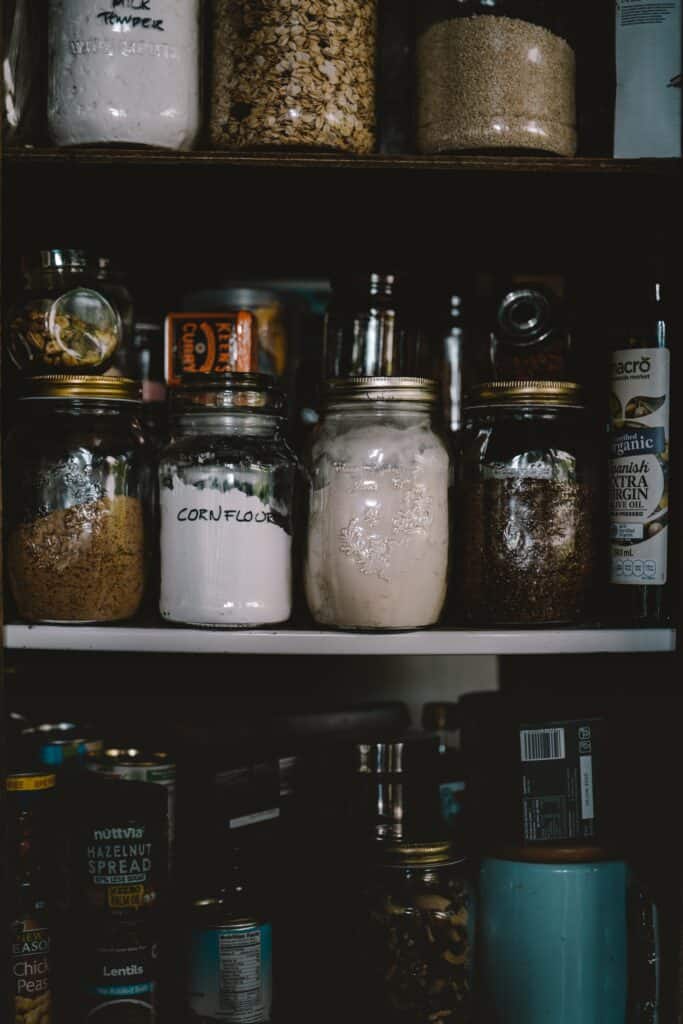
8. When You Are First Starting Out, Try To Avoid Dairy For 30 Days
Give yourself 30 days without dairy to see how your body responds and evaluate any changes. Try your best to commit and not give in to any cravings. The first 2 weeks will be the most challenging (depending on how much dairy you currently consume). Once you get past the first 30 days, eating dairy-free will be so much easier!
9. Clean Out Your Pantry And Fridge
Make this transition easier on yourself by limiting your temptations. One of the first things you will want to do is go through your fridge and pantry and throw away anything that contains dairy. Remember to read the labels of any snacks or prepackaged foods to make sure they do not contain dairy. If you don’t have dairy products lingering around your kitchen, it will be easier to avoid them.

10. Stock Up On The Good Stuff
Planning in advance will make this process much easier. Make a meal plan and go grocery shopping according to what you plan to make. Stock your fridge and pantry with healthy snacks and food options. I find that having nuts, fruits, and light snacks like hummus available helps me to avoid giving in to any dairy craving if I am in need of a quick snack.
If you need ideas about what to eat, start your search here! I have tons of dairy-free recipes on my site. You can check out my dairy-free recipes here and add them to your meal plan!
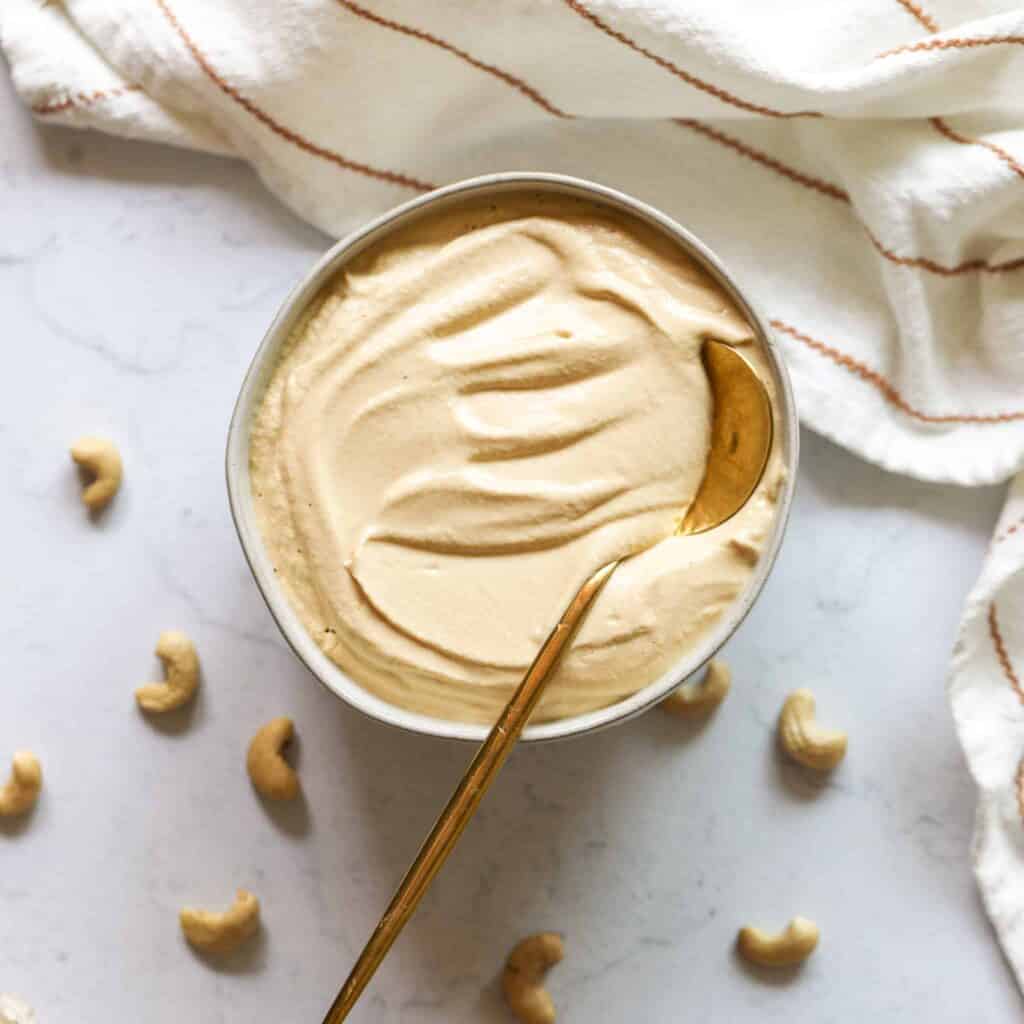
Vegan and Dairy-Free Recipes
Find A List Of Vegan Recipes Here–>
Find a List of Dairy-Free Recipes Here–>
I hope your dairy-free journey is enjoyable! If you have any questions or comments, feel free to leave a comment below! Don’t forget to connect with me on INSTAGRAM and PINTEREST, for your daily dose of healthy, delicious dairy-free {& gluten-free} recipes!
More Helpful Guides:

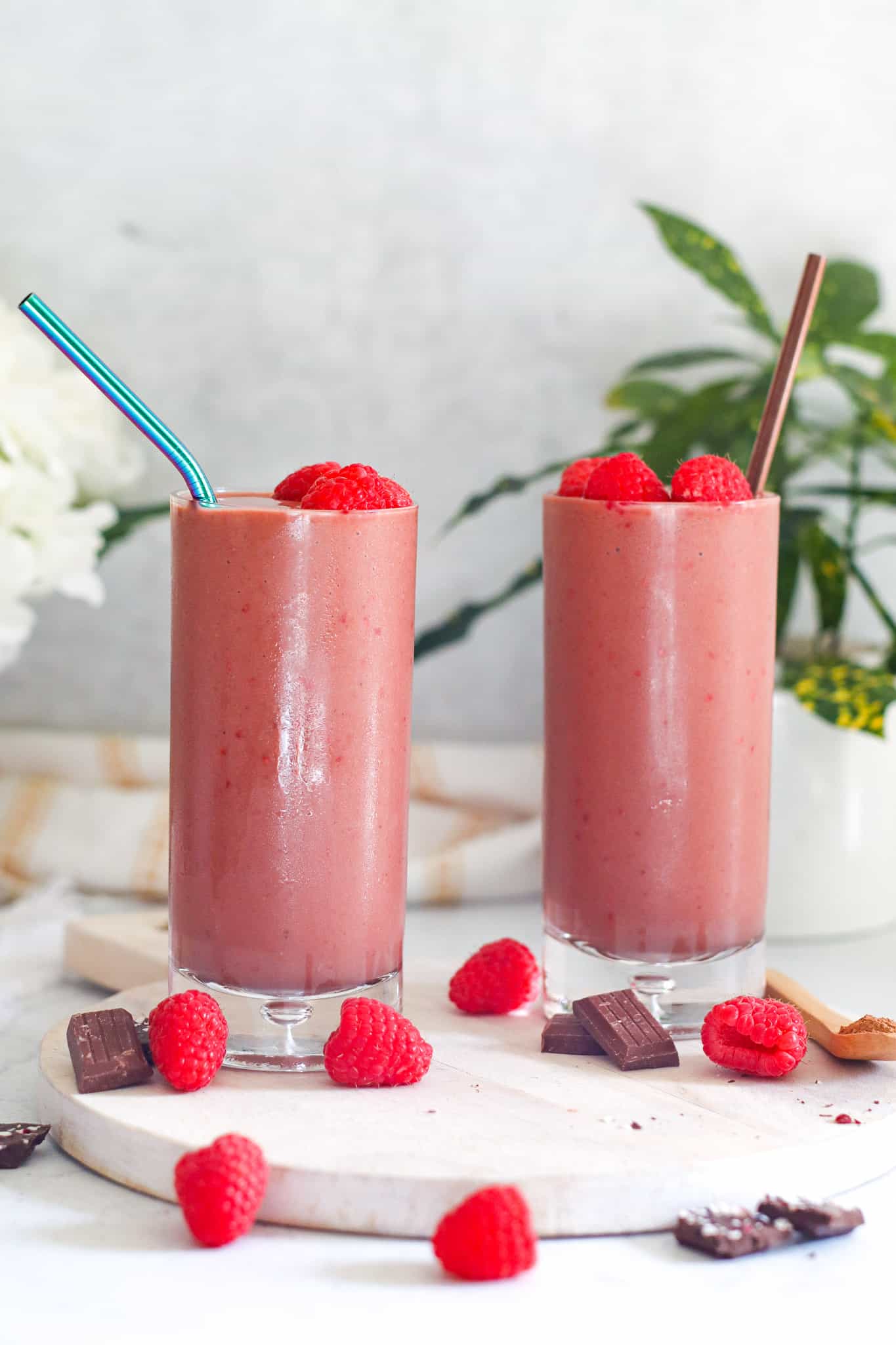
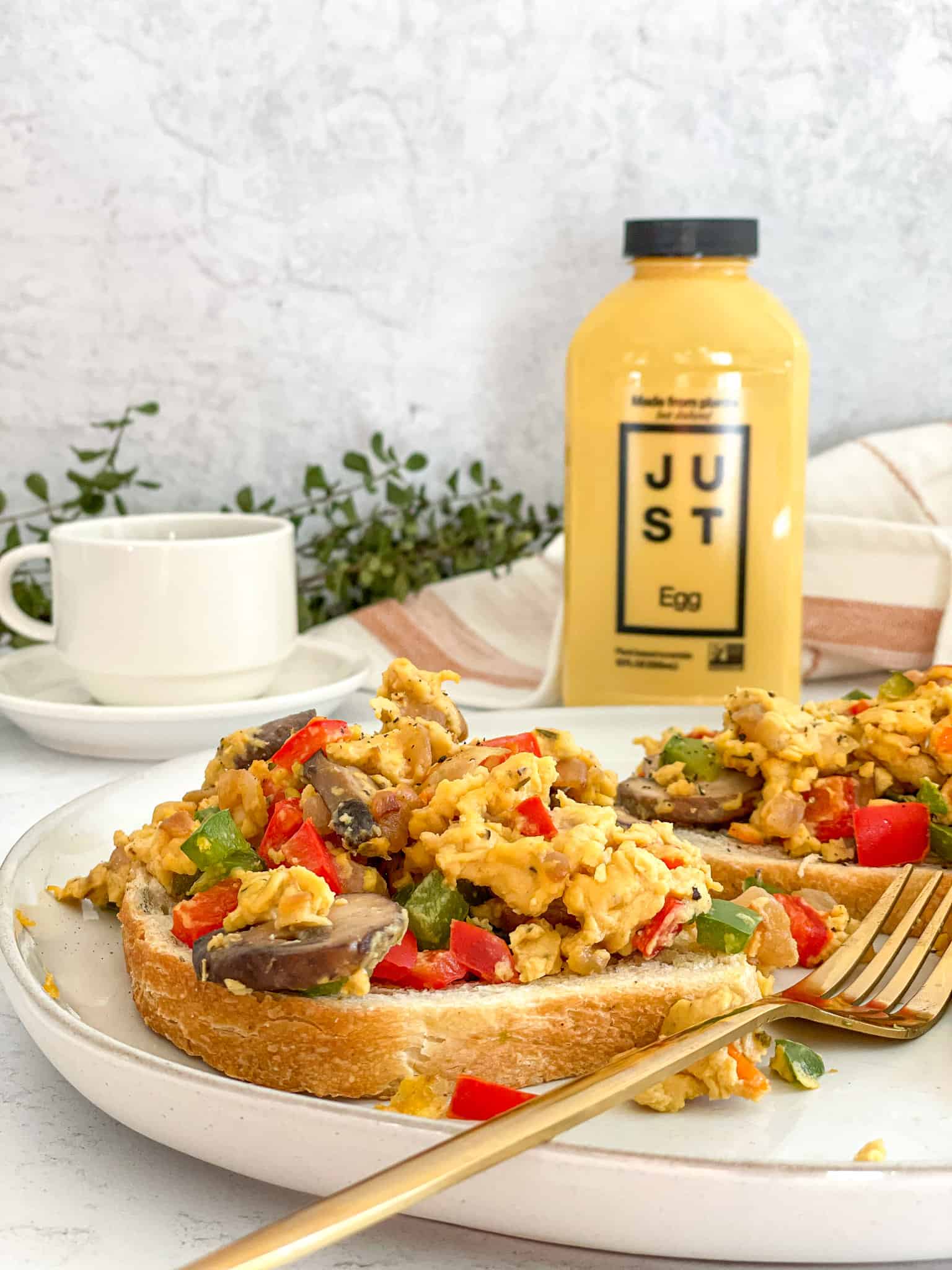
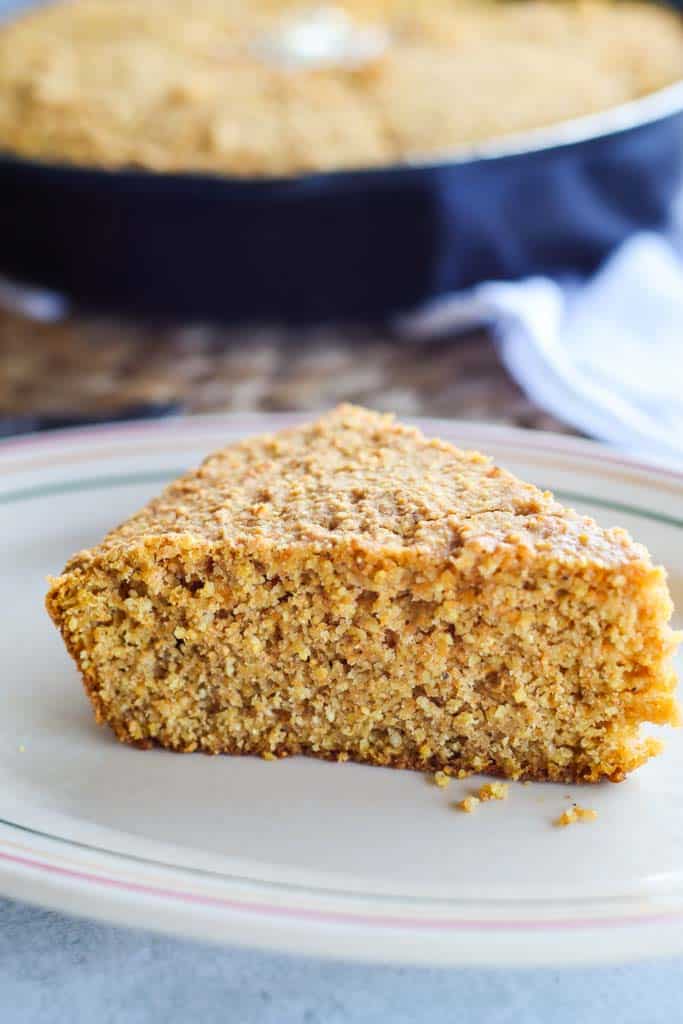
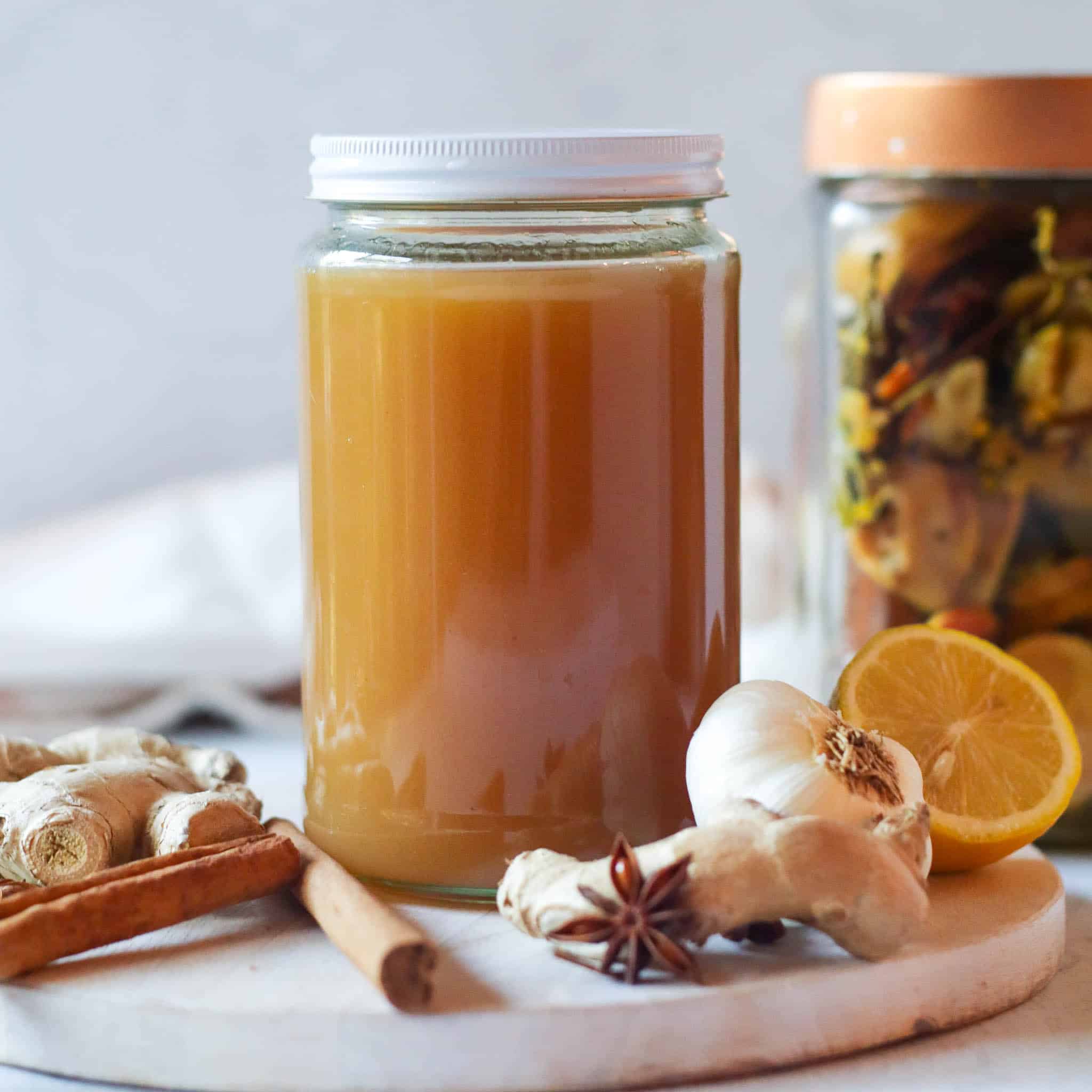
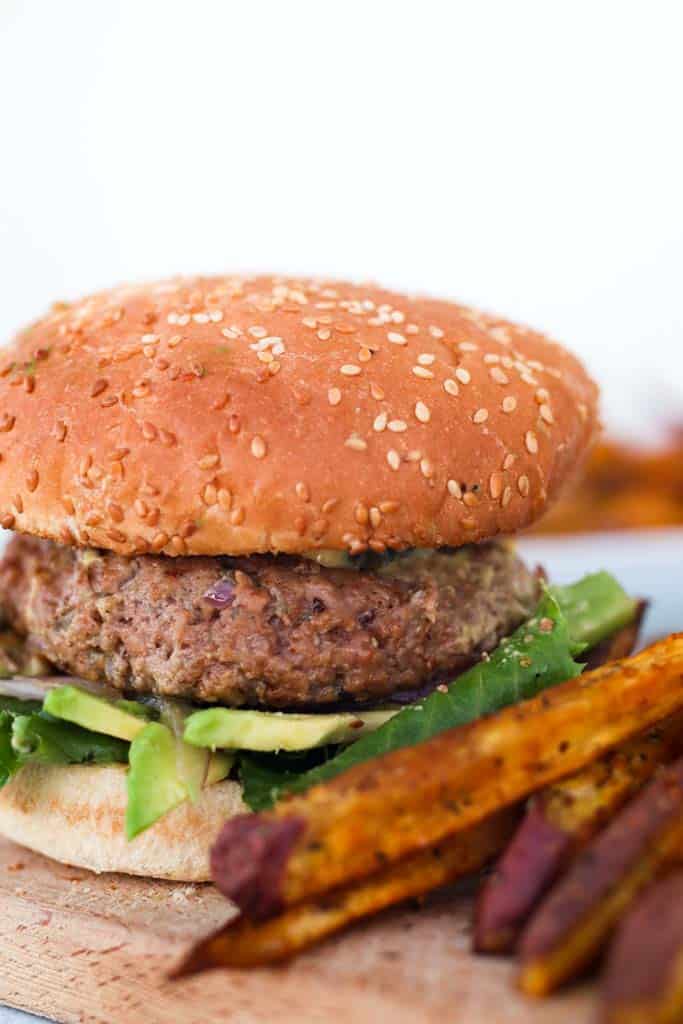
You had some really great tips. I have a daughter that we just found out is lactose intolerant. So this was very helpful.
Hi Ryan! I am glad to hear it 🙂
This was such an interesting read! Thank you for sharing!